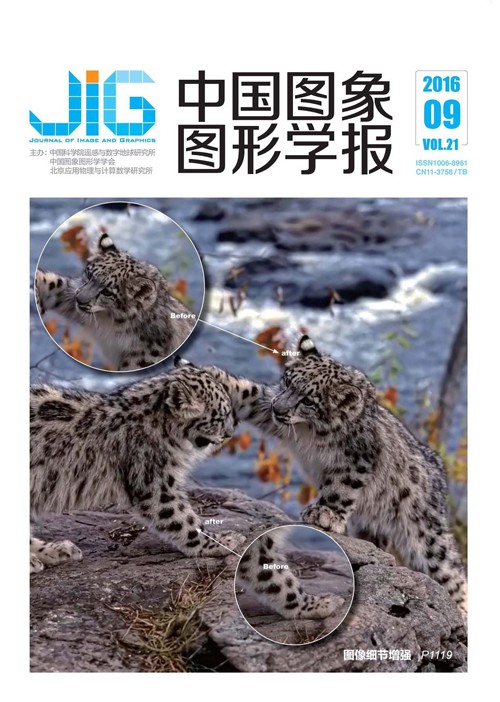
胸部解剖结构回归模型的虚拟双能量X线减影方法
摘 要
目的 探索从常规X线胸片图像中分割出骨质结构,获取仅含软组织图像的虚拟双能量X线减影的方法,旨在不增加放射剂量的条件下获取高质量的临床肺结节影像诊断效果。方法 首先将肺区自动划分出8个特定解剖结构的子区域:左右侧肺叶的上、中、下部和左右肺门;然后针对每个特定解剖区域,利用从双能量设备获取的标准胸片和其对应的骨质图像对多分辨率的大规模训练人工神经网络(MTANNs)进行训练。训练好后,可以利用该ANN处理获得该解剖结构子区域的虚拟骨质图像。融合从8个多分辨率ANNs输出的骨质图像,融合得到一幅完整的虚拟骨质图像。接下来采用总变分最小化平滑的方法抑制虚拟骨质图像中的噪声,且增强骨骼边缘。最后将虚拟骨质图像从原图中相减获得虚拟软组织图像。结果 用110幅含有肺结节的胸片图像对算法进行了测试,新方法用于常规X线胸片所得虚拟软组织图像可有效地去除原片中骨质结构影像,较清晰地保留肺结节和血管影像,有利于临床肺结节的诊断。采用新方法可使肺结节的正确识别率提高到88%(传统方法识别率为70%)。结论 基于解剖结构的人工神经网络回归模型能有效地分离出骨骼,可以广泛地应用于临床诊断,帮助放射科医生检测出肺结节。
关键词
Virtual dual-energy subtraction method for X-ray radiographs by using regression model based on chest anatomical structure
Chen Sheng, Zhang Mingwu(University of Shanghai for Science and Technology, School of Optical Electrical and Computer Engineering, Shanghai 200093, China) Abstract
Objective We explore methods of segmenting bone structure from normal chest X-ray radiographs to obtain virtual dual-energy X-ray radiographs of soft tissue. Our goal is to obtain high-quality clinical radiographs without increasing the radiation dose. Method Our algorithm first divides the lung field into 8 sections:upper, middle, and lower part of the left and right lateral lobe and left lung. The lung has specific anatomical structures in each section. For every section, we use standard chest radiographs and the corresponding bone image to conduct large-scale training of artificial neural networks (ANN). After training, we acquire the virtual bone image of this section with ANN, and obtain a complete image by fusing these 8 images. We use minimal total variation to suppress the noise in the image and enhance the edge of the bone. Finally, we subtract the virtual bone image from the original image to obtain the virtual soft tissue image. Result To test our algorithm, we use 100 radiographs with nodules. This new method can be applied to normal radiographs. After processing, we obtain a virtual soft tissue image, in which the bone structure is effectively removed. The virtual soft tissue can preserve lung nodules and blood vessels, and is helpful for diagnosing pulmonary nodules. Our novel method can improve lung nodule recognition rate to 88% (traditional rate is 70%). Conclusion Based on anatomical structures, artificial neural networks and regression models can effectively isolate bones. This method can be widely applied in clinical diagnosis, to help radiologists detect lung nodules.
Keywords
|



 中国图象图形学报 │ 京ICP备05080539号-4 │ 本系统由
中国图象图形学报 │ 京ICP备05080539号-4 │ 本系统由